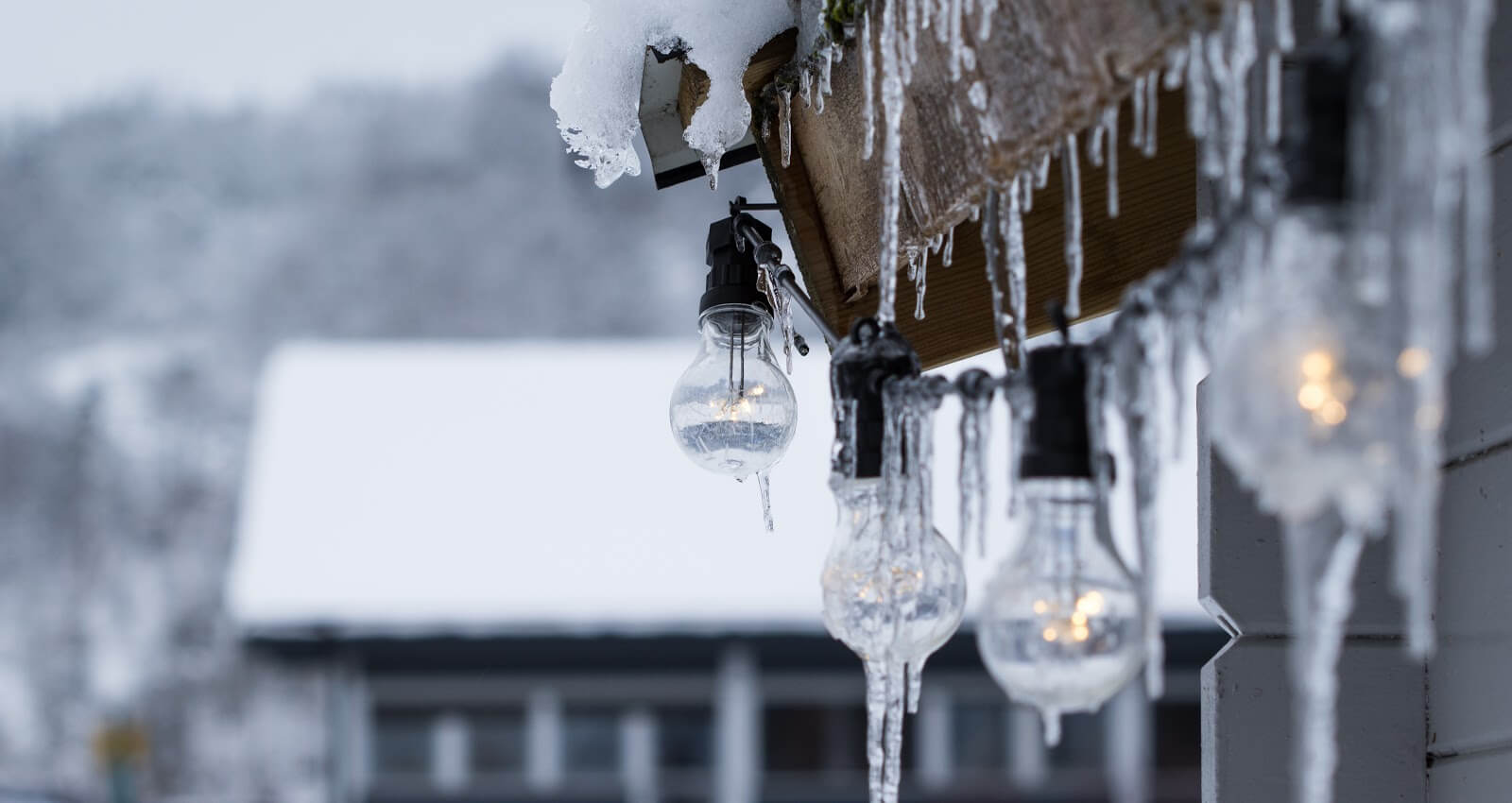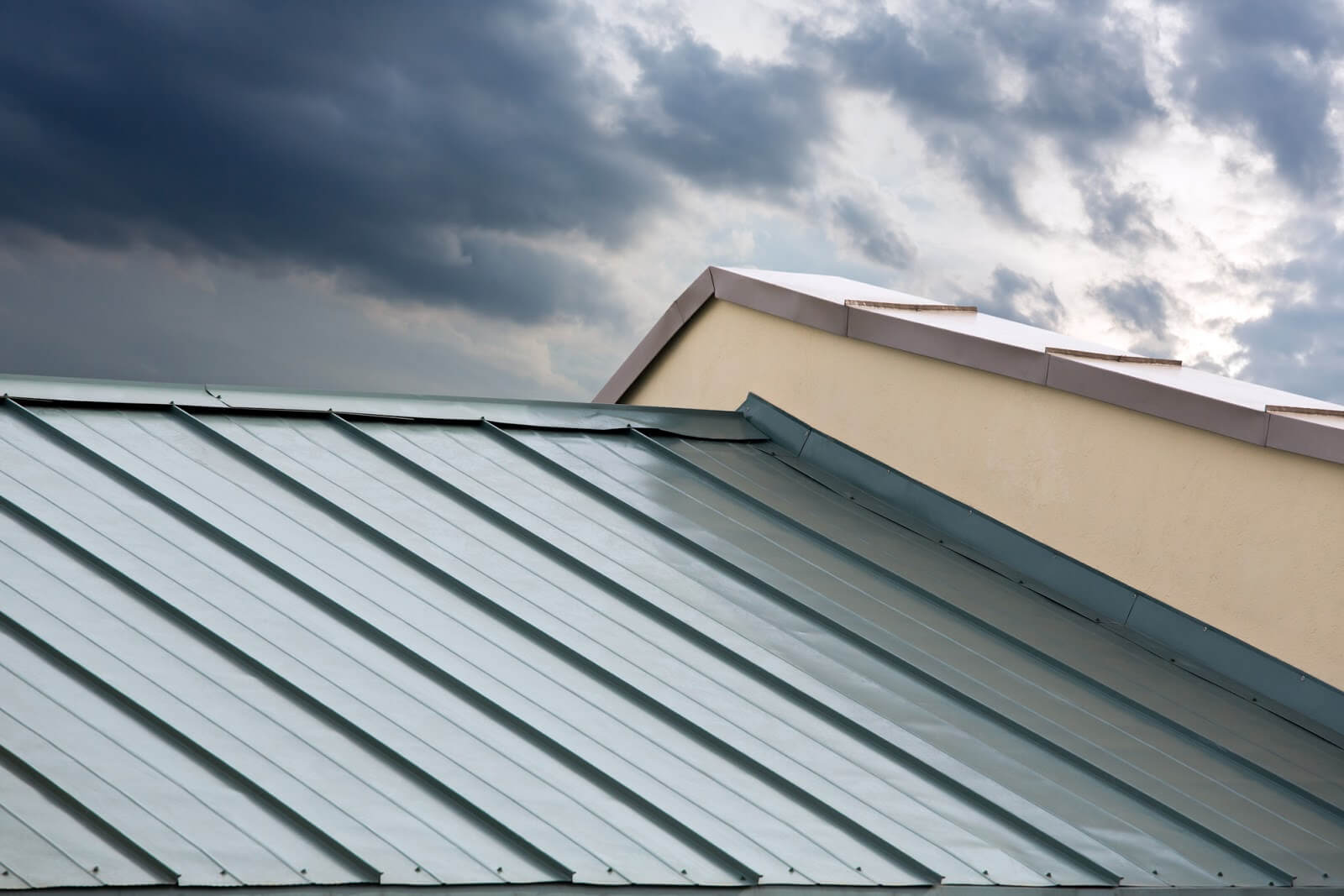Request Quote
Home | Our Blog | Ice Dam Prevention with Metal Roofs
Reviewed by Tomas Kalkys. President.
Qualifications: More than 20 years of experience in residential and commercial exterior remodeling.
Founding farther of Legacy Service.
Written by LegacyUSA Team
posted on Feb 28, 2020
Get Estimates From Roofing Pros

You never know when a snowstorm might hit (well unless it’s the middle of July and you’re laying out on a New Jersey beach), so it’s smart to be prepared throughout the year. One of the best ways you can protect your home is through ice damming prevention. This will help stop ice dams from forming on your roof.
At Legacy Service, we’re experts in all things roofing and home exteriors. If you’re looking for roof installation or replacement services, then you’ve come to the right place. Learn more by giving us a call at 215-798-9790 or visiting us here.
Not a real zip code.
An ice dam is formed when snow that has accumulated on the roof melts and flows down the roof, under the snow, until it reaches the air that’s below freezing temperature. Then, ice accumulates and causes a dam, and snow that melts can’t properly drain, so it puddles behind the dam. Ice damming can cause problems with your roof, whether it’s damage with the structure, gutters, ceiling, walls, or insulation.

Ice dams, whether on metal roofs or asphalt shingles, are caused by heat from inside the house. When the heat rises into the attic space, it warms up the top of the roof and causes the snow on it to melt. The melted snow turns into water, which runs down the surface underneath the blanket of snow, and when the water reaches the edge of the roof, it refreezes and forms a dam. It’s called a dam because it keeps any other melted snow from sliding off. If you notice icicles hanging from your roof, then you probably have an ice dam.
Ice dams are dangerous because they can cause damage to the other parts of your home. Since they trap any water that has melted on the roof, it can build up and cause damage to other parts of your home. The melted water may even rise up and go underneath the shingles, seeping through the boards and walls of the home.
If you’re wondering how to prevent ice dams from forming on the roof, there are a few methods that you can try. You can also ask your local roofer for assistance. If you’d like to get rid of ice dams yourself, the methods include:
Using these methods can help prevent buildup on metal roofs, asphalt shingle roofs, and other types of roofs.
So, you’ve learned the methods that you can use to prevent ice dams from forming on your roof, but what about the products that can either help you remove them or prevent them in the first place? Fortunately, there are various products out there that can help if you need to remove an ice dam from your roof. They include:
Snow rakes – Snow rakes are used to push the snow that’s up on your roof, which helps in preventing ice dams from forming on metal roofs, asphalt shingles, and other types of roofing. If you live in an area that gets snow anytime during the year, then it’s a good idea to purchase a snow rake.
Heating cables – Many homeowners decide to install heating cables at the eaves of their roof, which can be turned on during a snowstorm to help melt the ice at the edges. You’ll just need to remember to turn them on before or during the storm, and then off later so that they don’t burn out.
Metal roofing – This product requires more time and resources initially, but it’s also more rewarding in the long-term. Metal roofs have a special coating that’s designed to shed ice and snow before a dam can even form. You’ll still want to have an adequate level of insulation installed in the house.
Not a real zip code.
Dealing with an ice dam is no laughing matter. Whether you’re certain one has formed on your roof or you’re still just wondering, you probably have some questions. We’ve listed some of the most frequently asked questions about ice dams, which will hopefully help answer yours. If you have further questions, please give us a call today.
You most likely have a dam on your roof if you can either see a large section of ice or an unusually large number or length of icicles on the edge of your roof. There may be damage to your roof if you can see water or rust stains on your ceiling. Other signs of damage include rust on hinges, strong musty odors, peeling paint on walls, or soft sections of drywall.
We recommend contacting a company that will remove the dam for you. It typically costs a few hundred dollars to remove, which is much less than thousands of dollars in damage it could cause if left alone. We do not recommend trying to remove it yourself because it’s dangerous and could potentially harm your roof.
This will depend on your policy, so contact your insurance agent to discuss yours. Insurance companies have paid claims to homeowners in the past for damage due to dams, so most companies probably will provide you with something.

Metal roofs, whether it’s standing seam metal or another type, are generally designed in a way that helps prevent ice dams. However, there are several things you should keep in mind. The first is to make sure an ice and water shield is installed. You’ll also have to ensure there are adequate levels of insulation and ventilation in your attic. It’s also a good idea to have products (like the ones mentioned above) that can help remove ice from metal roofs.
Ice dam prevention is an important step to take when it comes to properly maintaining your roof and protecting your home. At Legacy Service, we have a team who are experts regarding all things roofing, so if you need a new roof to help with ice dam prevention, we’re the company to call. If you’d like to learn more about installing a new roof, give us a call at 215-798-9790 or visit https://legacyusa.com/contact/.
Posted on Feb 28, 2020 in Roof
Read our news
HOW LONG SHOULD A ROOF LAST? ELEMENTS
A lot of elements play a role in maintaining the integrity of the roof, but as a homeowner, the most important components to pay attention to are the underlayment, ventilation, and material.
DIFFERENT TYPES - DIFFERENT LIVES
Choosing the best roofing material for your home is the first important step in ensuring that you have the highest quality roof possible.
METAL ROOF VS ASPHALT SHINGLE ROOFING
Two of the most popular roofing materials on the market are metal and asphalt, and both offer different pros and cons to a customer.
Pros and cons of Asphalt Shingle Roofing
Replacing a roof is an expensive decision, and cannot only come down to cost.


